Icelandic cuisine combines fresh, local ingredients with influences from its neighboring Scandinavian countries. The cold temperatures, and lack of sunlight, forced Icelanders to get creative with food preservation throughout history. That’s why you’ll find typical Icelandic foods are usually fermented, smoked, salted, cured, or even preserved inside gelatin.
Icelandic Salmon & Tuna
Icelandic cuisine includes fish, meat such as lamb, and dairy such as skyr (an Icelandic yogurt). In the early 20th century the industry grew exponentially, making fish a bigger staple of the Icelandic diet. Although some of the traditional cuisine like fermented shark, sheep’s head, whale, horses, and even puffins can be controversial, people from all over the world travel to this destination to give it a try.
Iceland is also on the forefront of “New Nordic” cuisine, which uses wild and foraged herbs, locally sourced and sustainable meats and seafood, and modern takes on traditional foods. With the introduction of new technologies and renewable geothermal energy, Iceland now also produces many foods, such as tomatoes, all year long and consumes it domestically.
Modern Icelandic cuisine also has some unique fusions, especially those brought by immigrants from Asia who came in the later 20th century, which we’ll explore more below!
Here is a breakdown of Icelandic food:
Traditional Icelandic Foods
Kjötsúpa (Icelandic lamb stew)
One of Iceland’s most traditional and important dishes is this simple, yet hearty and flavorful Icelandic lamb stew. Even though the soup is made with lamb meat only, the word Kjötsúpa literally translates to meat soup. This is due to the fact that lamb was the most common stock in Iceland for centuries. The meat is cooked with carrots, potatoes, onions, and turnips.
Icelandic soup and fresh bread by Ashley Blake
Plokkfiskur (Fish chowder)
Icelandic seafood is a huge part of the local diet. Plokkfiskur, which literally translates to plucked fish, is a rich and creamy comfort food enjoyed as a spread-over thin Icelandic rye bread. Similar to fish chowder, this Icelandic delicacy is made with white fish (like haddock or cod), potatoes, onion, flour, milk, butter, salt, and pepper.
Rúgbrauð (Rye bread)
Emblematic of Icelandic food culture, this dense, slightly sweet, and hearty rye-based bread is traditionally sliced very thin and topped with cured, smoked, and pickled ingredients.
New Nordic Syle by Ashley Blake
New Icelandic Cuisine
After the 2008 financial crisis, Iceland’s food industry began to prioritize locally-grown ingredients. For example, now there are tomato and berry farms in Iceland that grow produce hydroponically and organically year-round. Chefs also turned to seasonal dishes using herbs, root vegetables, and seasonal greens.
Additionally, Icelandic fusion cuisine has grown in popularity with the increased migration coming from all over the world. Many restaurants are inspired by global dishes and cooking techniques, making their menus eye appealing to both foreigners and locals. Icelandic ceviche, anyone?
In addition, dishes are lightly cooked and beautifully decorated with dusted final touches of Icelandic salt or Icelandic seaweed.
Icelandic Snacks
When in Iceland, beware that it is one of the most expensive countries in the world. One essential trip (that most people don’t tell you), is to visit local grocery stores and try their diverse and unique Icelandic snacks.
Hotdogs from 'Bæjarins Beztu Pylsur' by Calvatheson
Pylsur (Icelandic hot dogs)
Everyone knows that when traveling, some of the best meals end up being the simplest of foods. In this case, it consists of Icelandic hotdogs, also known as “pylsur.” This can be found in gas stations around the nation. The sausage has a mix of lamb, pork, and beef. It is served between a bun speckled with crunchy deep-fried onions and topped with Icelandic brown mustard, ketchup, and remoulade. The most famous gas station hot dogs are found in the nation’s Capital and are called Bæjarins Beztu Pylsur, which translates to “The Best Hotdog in Town.”
Lakkrís (Icelandic licorice)
Scandinavians are known for their licorice obsession, which is something Iceland adopted from the Danish when they were under their control between 1814 and World War I. Nevertheless, Icelandic licorice has gained worldwide recognition for being mixed with chocolate. The original, known as “Þristur” is a mix of hard chocolate, soft chocolate, and licorice in the middle.
Chocolate (Icelandic chocolate)
Iceland began making its own chocolate when foreign chocolate bars and candies were unavailable due to import restrictions. Omnom is a must-try Icelandic chocolate brand based in Reykjavík that handcrafts its milk bars from scratch using Icelandic milk.
Skyr Parfait by Solveig Michelsen
Skyr (Icelandic yogurt)
Dairy is one of the main pillars in the Icelandic diet, more specifically their love for their version of yogurt, or fresh sour milk cheese, also known as Skyr. It is rich in protein, low in carbs and fat, and it is believed to be the reason why Icelanders are so healthy, active, and have a high life expectancy rate.
Icelandic Drinks
Brennivin Aka Black Death by Jennifer Boyer
When it comes to sampling the best flavors in Iceland, food and drink go hand in hand. Some of Iceland’s signature spirits or schnapps are Brennivín, a clear, savory, and herbal beverage, with a flavor often described to have notes of fresh rye bread. Another is Birkir, which is made from Birch, the signature tree of Iceland, giving the beverage a woody but fresh flavor.
Local beers and gins have gained popularity due to their high quality and unique taste from fresh Icelandic glacier water, which is naturally filtered through volcanic rocks, and the hand-crafted distilling process.
There is no doubt that the magic of Iceland has options to discover, taste, and enjoy. Not only will you get to experience its unique landscapes and natural wonders, but you will get to experience and explore Iceland’s rich culture, vibrant people, and sustainable ways of living.
Eat your way around Iceland with us on an Icelandic group trip.










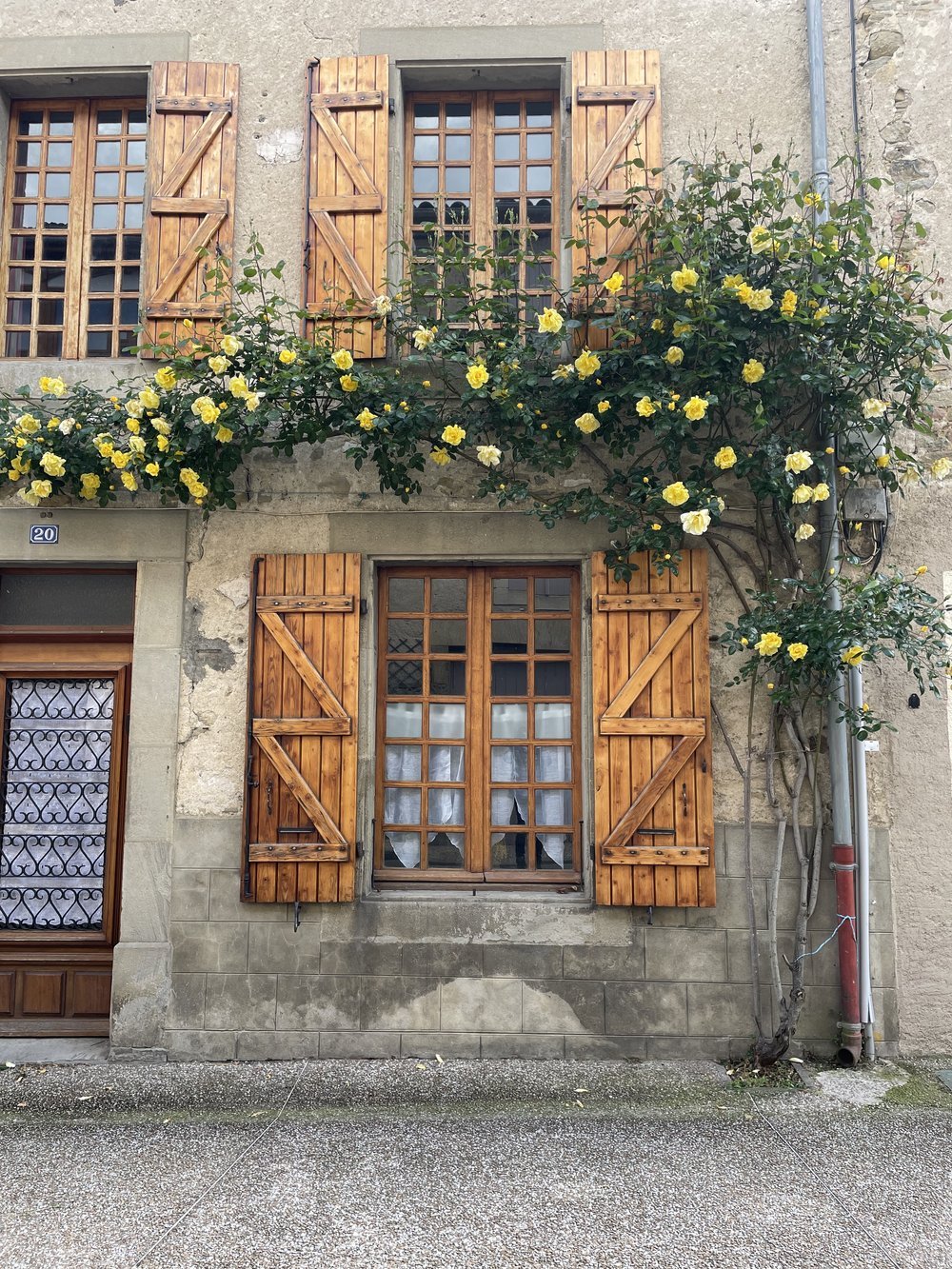

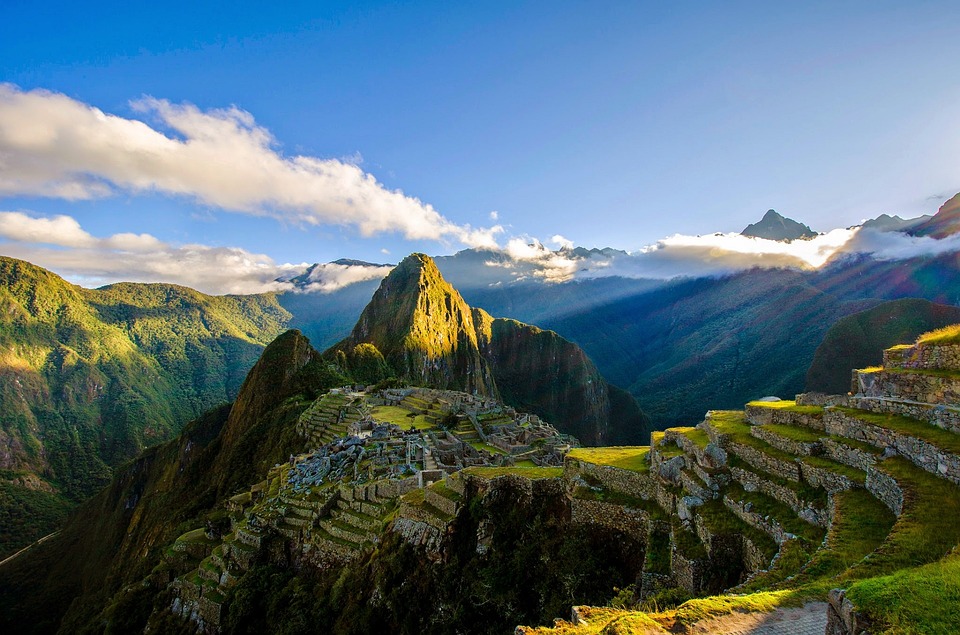

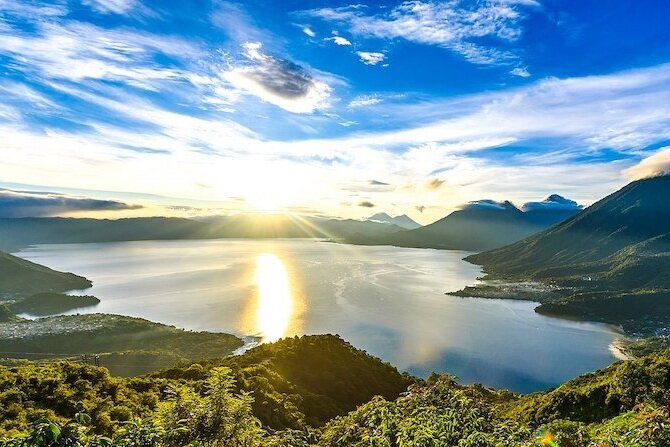
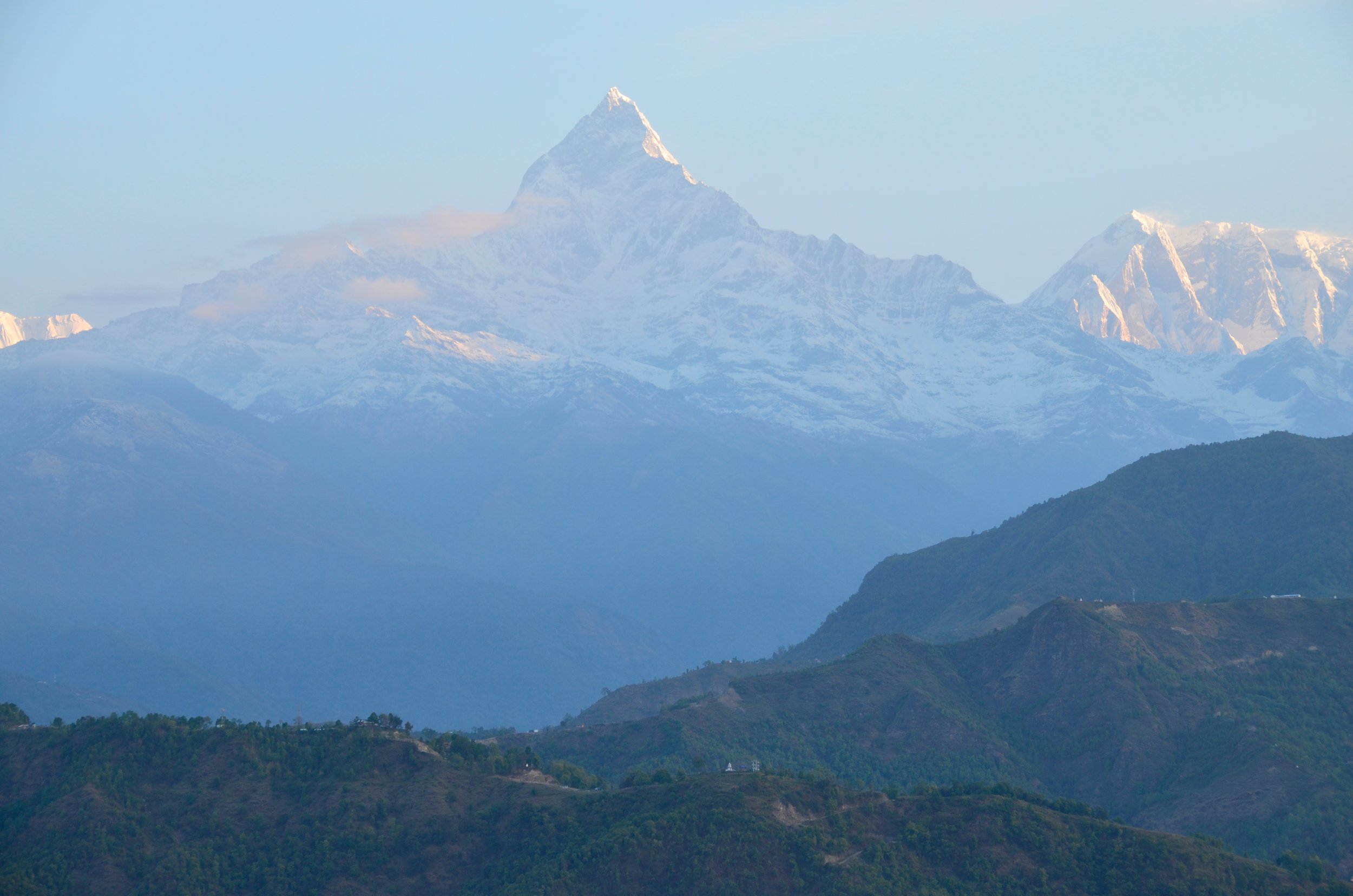







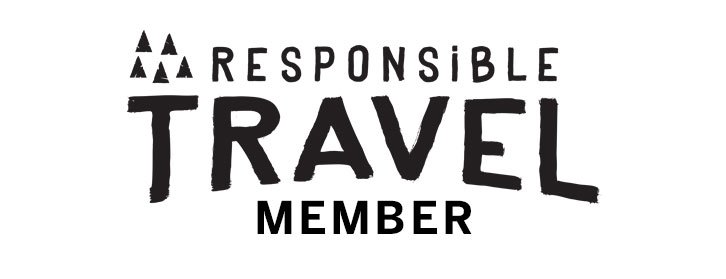

Have you ever dreamt of exploring the stunning landscapes and natural wonders of Iceland? The breathtaking glaciers, powerful waterfalls, and awe-inspiring geysers may be calling your name. However, when you start to research the costs of a trip to Iceland, you may find yourself wondering why it seems so expensive.
5 reasons why Iceland is often more expensive than other places to travel.